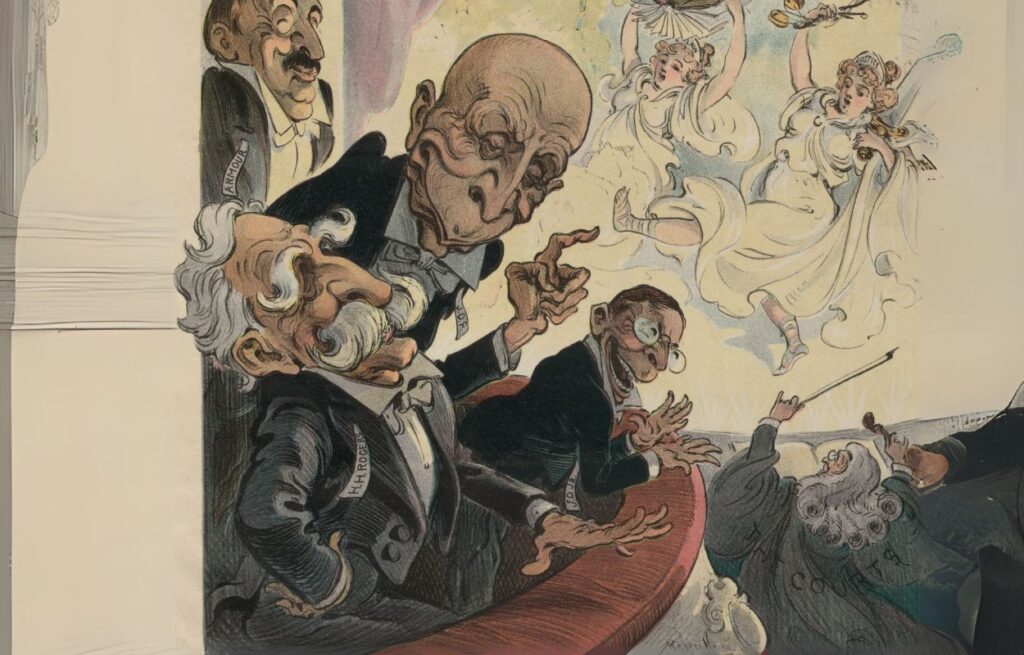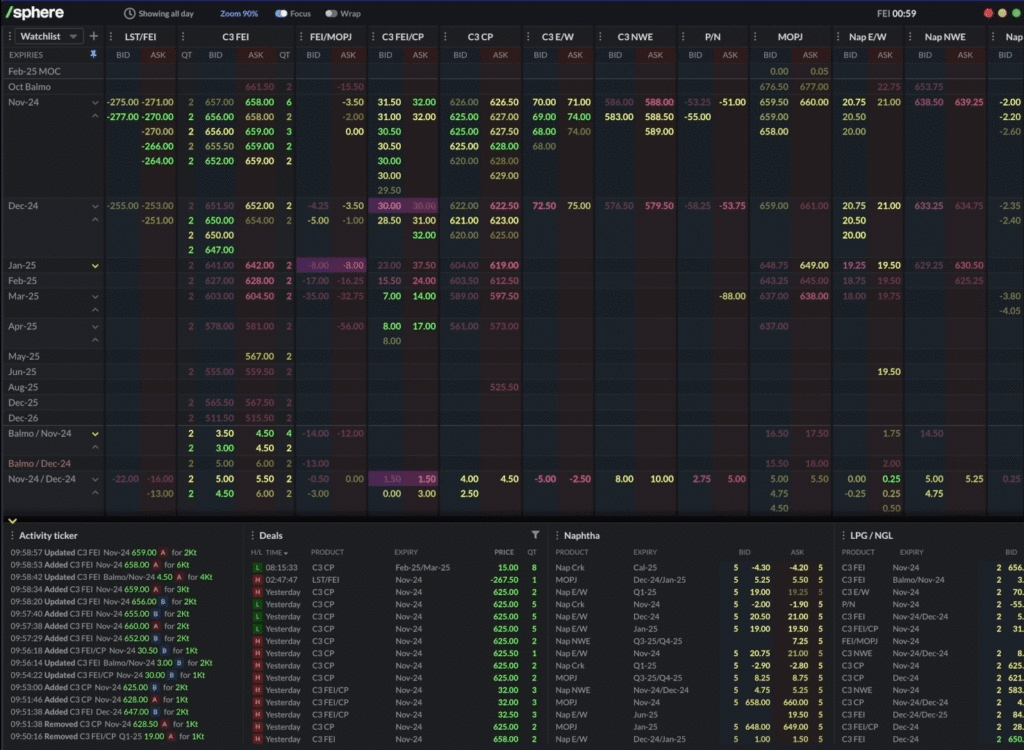We spoke with Navin Parasram, Head of Trading at Alpiq, a leading Swiss energy producer and service provider, about what good digital transformation should look like and what technologists and business leaders overlook. With decades of experience across energy markets, Navin shares a straight-talking view on where transformations succeed, where they stall, and why getting it right starts with your people.
1. Transformation Isn’t a Project. It’s Continuous
Digital transformations aren’t sprints. They’re more like never-ending marathons, because as markets evolve and regulations shift, systems must keep up. If teams believe transformation has a clear endpoint, fatigue and disengagement follow when the next round of change inevitably arrives. That’s why successful businesses embrace agile thinking and design for adaptability. “If you told your teams it wasn’t going to stop, perhaps they would have had a different perspective and would have paced themselves differently.”
2. Not All Traders Are Made Equal
Navin believes transformation must start with the traders. They use the tools daily and understand the workflows. But not every trader should be involved in shaping new systems.
“If you ask a large group what they want, you’ll often hear: ‘just like my old system, but with a better graphic user interface and crash list.’” It’s like when people were asked what they wanted before the car was invented, and they said faster horses. Only some individuals will drive innovation. It’s up to management and IT to find those people who align with the broader vision and act as early adopters.
3. A Good Trader Does Not Always Make a Good Spec Writer
Writing a clear spec is a skill many traders lack. Without it, the result is misaligned tools and wasted effort. Traders with quant or tech backgrounds usually bring this capability, but it’s often missing in those from more operational roles. The takeaway? Don’t just hire the right people, invest in developing the ones you have.
4. Bridge the Language Gap Between Tech and Trading
“The problem is often translation between two different worlds.” When developers don’t understand trading, and traders can’t express what they need, things break down. “The less overlap there is in that common language, the more you need to force them together.”
Sitting tech and trading teams side by side isn’t just helpful, it’s essential when there are big gaps in understanding.
5. Don’t Outsource Alpha
Data and tech tools in commodities are growing fast, especially in areas like forecasting. As Navin explains, unless you’re as large as Citadel, building your own models may not be realistic. “I’ll never have a team here that will beat MeteoSwiss at forecasting the weather in Switzerland.” But he draws the line at signals. “I’m quite sceptical about using an external provider to tell me when to buy and sell, for the simple human reason that if you’re so good at it, why are you selling this to me?” The more widely used a signal, the less edge it offers. True differentiation comes from building your own context and signals.
6. Hire for Traits Over Behaviours
“I started my career writing down my trades by hand in a book.” Today’s traders might use Python, not paper, but the core traits haven’t changed. Navin looks for open-mindedness, adaptability, and problem-solving. “They write code instead of writing trades in their books, and talk to their brokers via electronic chat, but the core traits haven’t changed.”
7. Your Culture Sets the Ceiling for Change
“If a trader’s life expectancy is measured in months, maybe they don’t have much of an incentive to care.” Short-term rewards work against long-term transformation. Digital transformation isn’t just about systems, it’s about people. Giving teams the space and reason to think beyond the next trade is a cultural choice. And your culture ultimately defines how far your digital transformation can go.
Looking for more insights?
Get exclusive insights from industry leaders, stay up-to-date with the latest news, and explore the cutting-edge tech shaping the sector by subscribing to our newsletter, Commodities Tech Insider.





